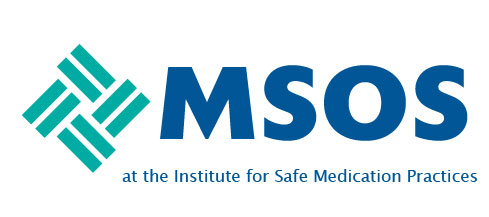Dear All,
At our Hospital, we are in the process of developing a policy for Continuous peripheral nerve Block Catheter (CPNBC) administration and would greatly value your input on the following:
-Does your institution have a policy or guideline for Continuous Peripheral Nerve Block (CPNB)? If so, would you be able to share it?
-The medications used for nerve blocks, such as Ropivacaine, are the same as those we use for epidurals. As you know, epidural medications are classified as high-alert.
Should these medications also be classified as high-alert when used for CPNB? What is your institution's practice?
-We currently have a competency assessment for nursing staff handling epidurals. Would this be sufficient for CPNB, or do you recommend developing a separate competency assessment specifically for this practice?
-At our hospital, CPNB medications are administered using portable elastomeric pumps or B. Braun infusion pumps.
Could you share about your practice and any specific safety measures you have in place for administering these medications through similar devices?
Thank you

